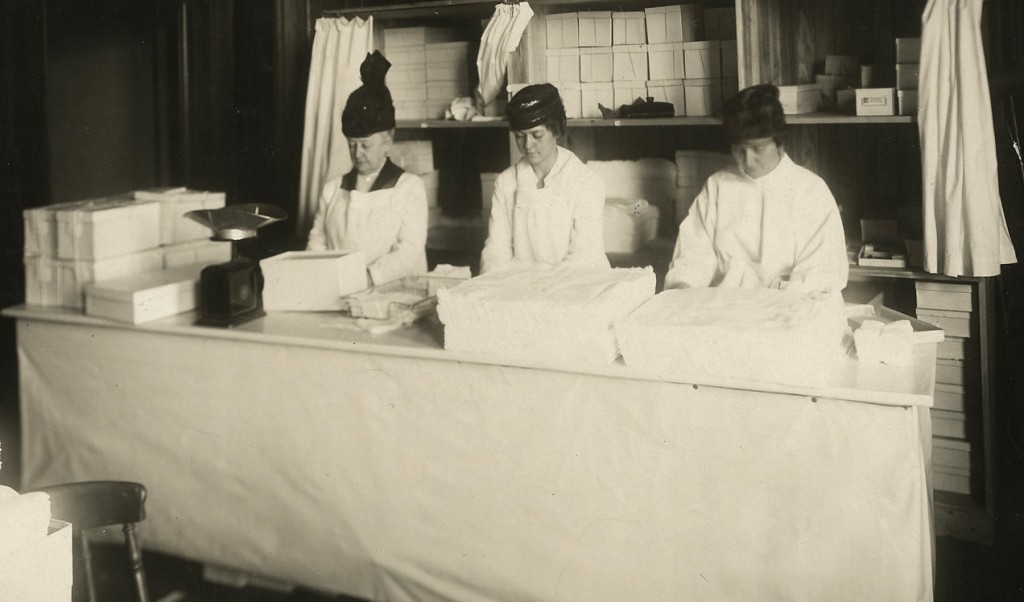Podcast: Play in new window | Download
Subscribe: Apple Podcasts | Spotify | RSS | More

(image credit: nps.gov)
“In about a week we had a cabin ready to move into. It had a dirt floor and dirt roof, but I tacked muslin overhead and put down lots of hay and spread a rag carpet on the floor. I put the tool chest, the trunks, the goods box made into a cupboard, and the beds all around the wall to hold down the carpet, as there was nothing to tack it to. The beds had curtains and there was a curtained alcove between the beds that made a good dressing room. So we were real cozy and comfortable.”
–Emma Hill
Under the Homestead Act of 1862 and its revisions, over 1 million applicants received a plot of land from the Federal government. Thousands of the homesteaders were women. They were black and they were white. Some were recent immigrants from Europe. Some were looking for husbands, others had left husbands, or lost them to death, divorce, or desertion. Quite a few had no interest at all in a husband. But they all worked hard to “prove up” their homesteads.
And most of them realized that the land they were claiming had been home to Native people for centuries.
Further Listening and Reading:
Pre-Columbian Cultures and Civilizations, The History of North America Podcast
Before Wyoming: American Indian Geography and Trails
African American Homesteaders in the Great Plains
Journals, Diaries, and Letters Written by Women on the Oregon Trail 1836-1865
Land of The Burnt Thigh: A Lively Story of Women Homesteaders on the South Dakota Frontier by Edith E. Kohl


